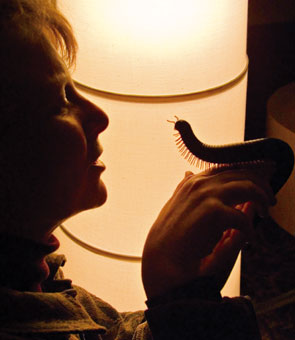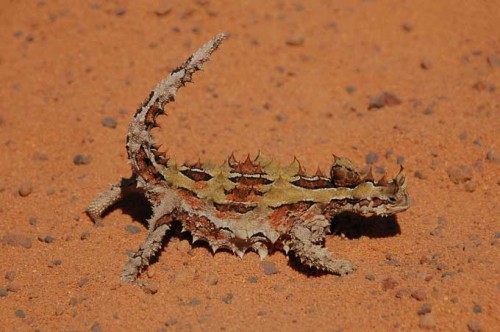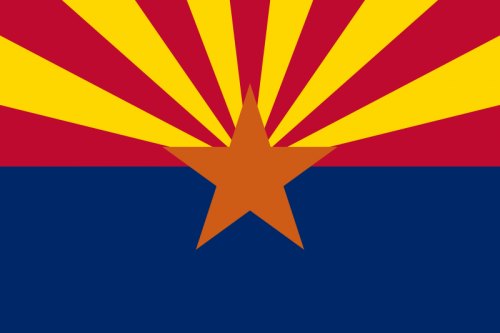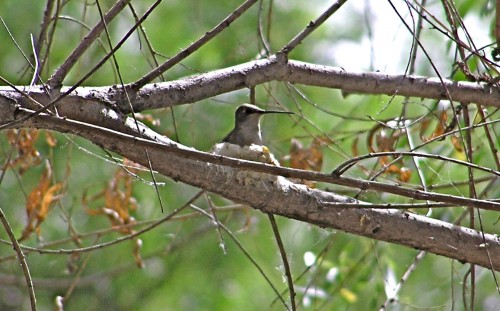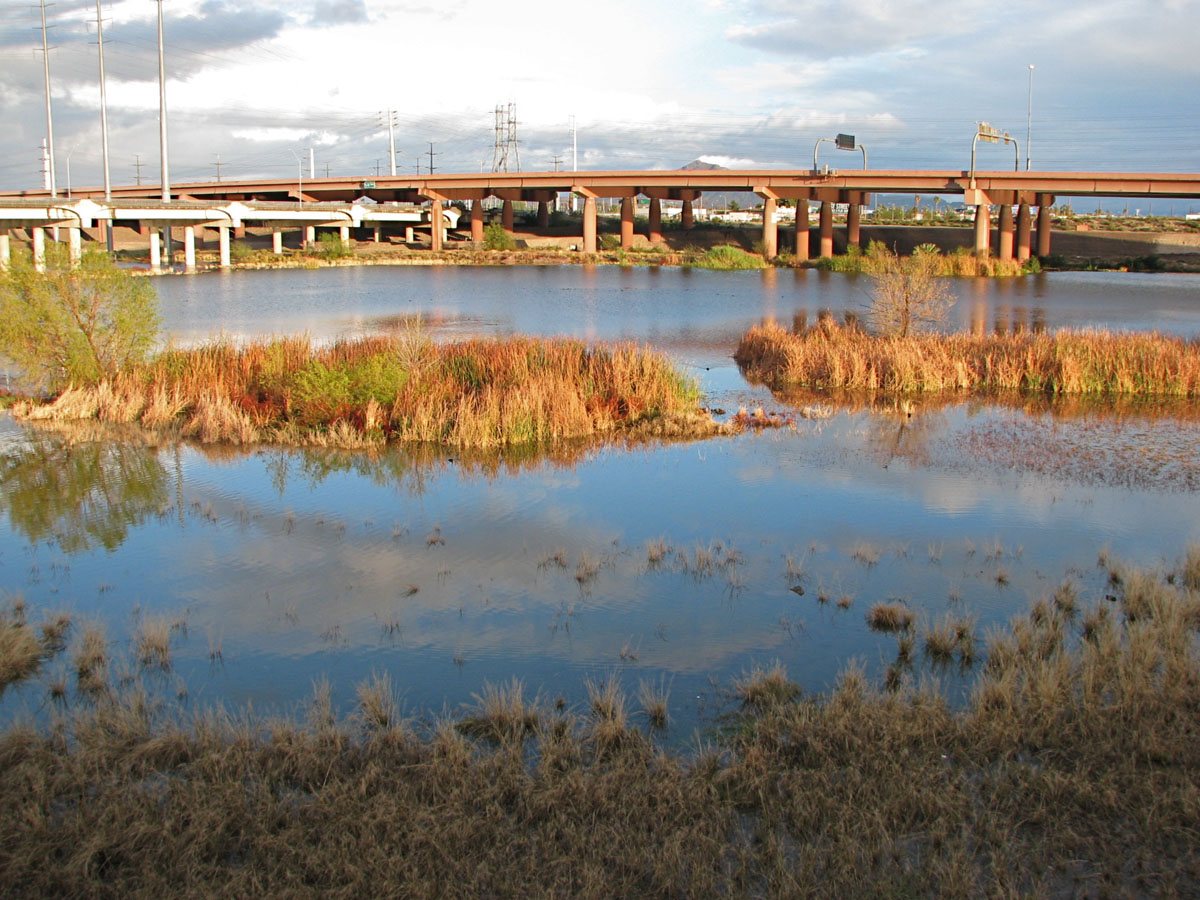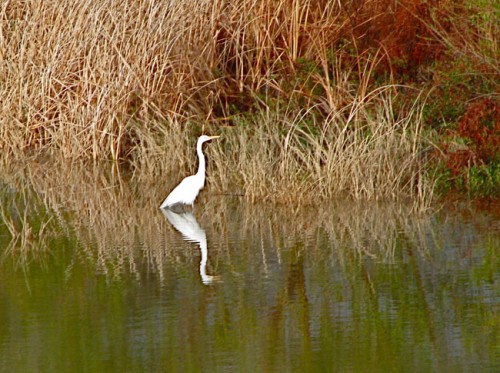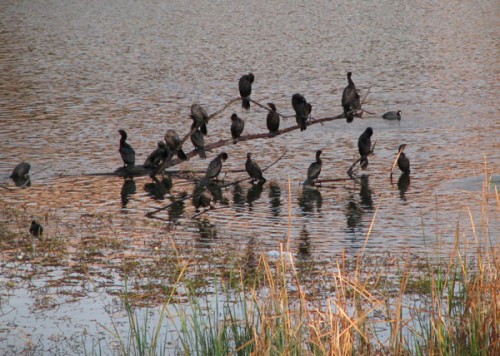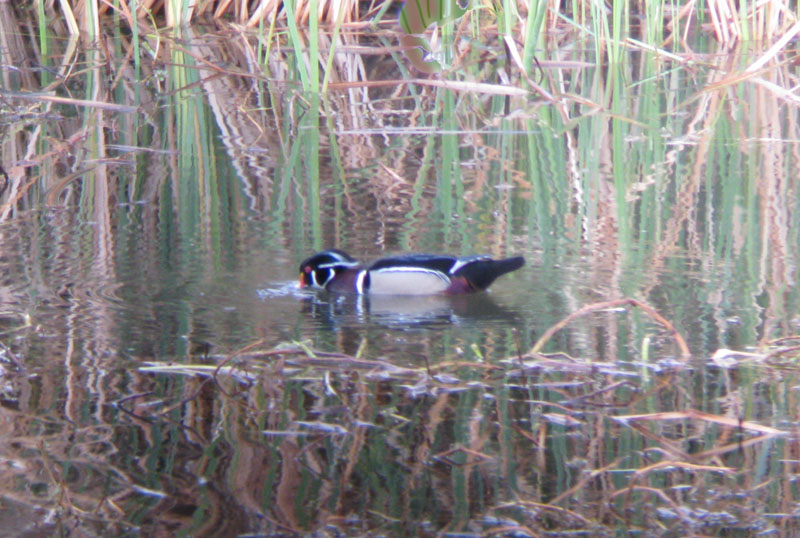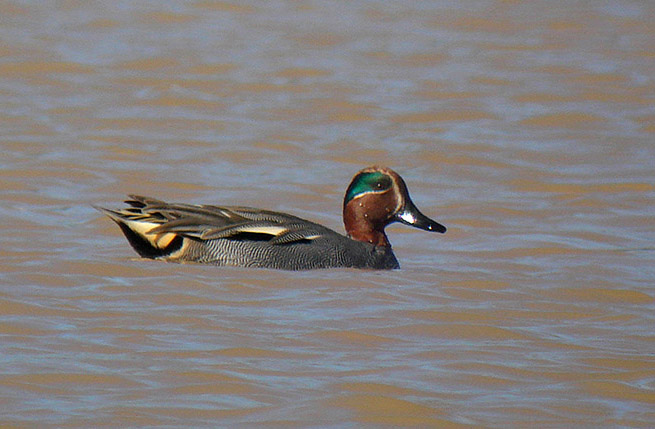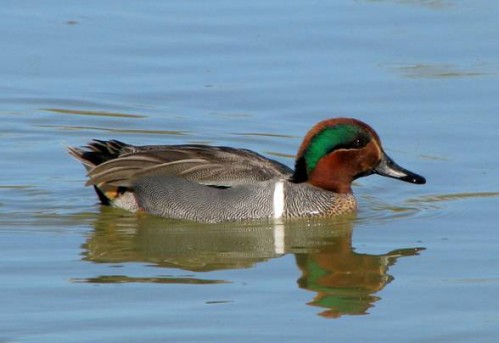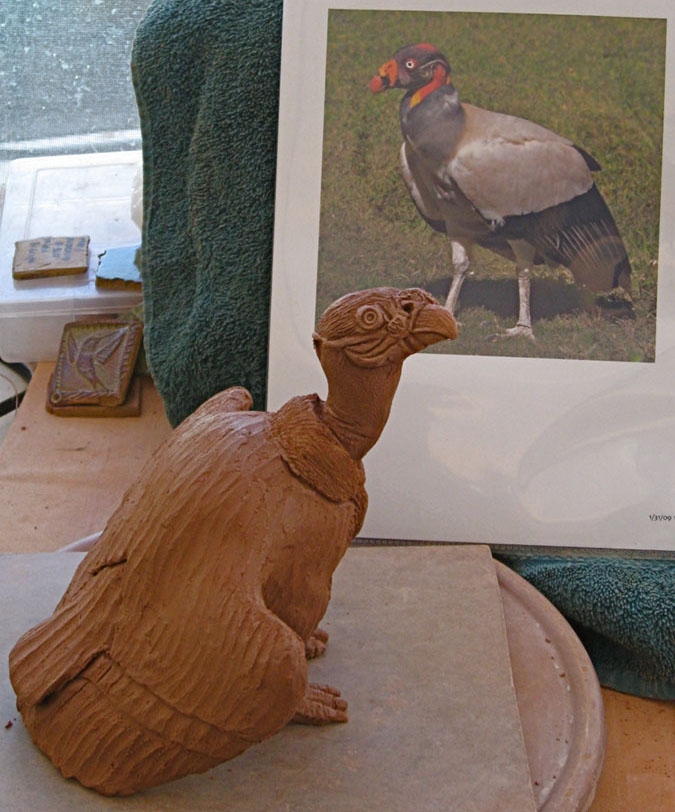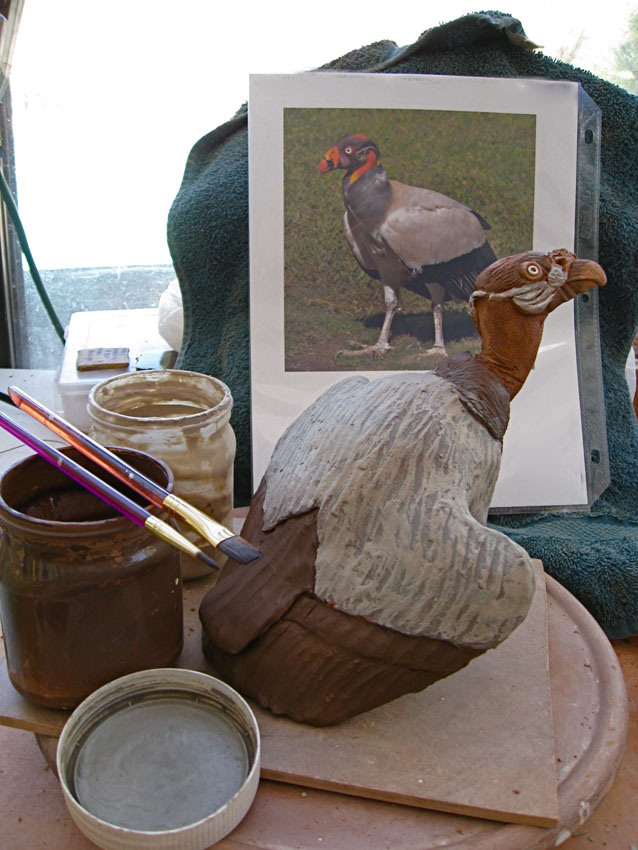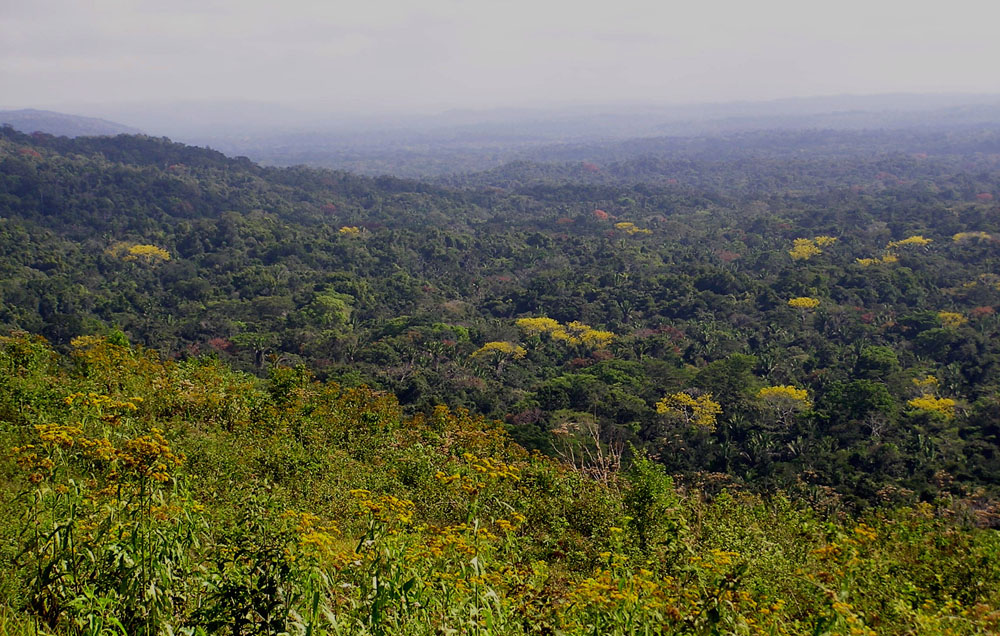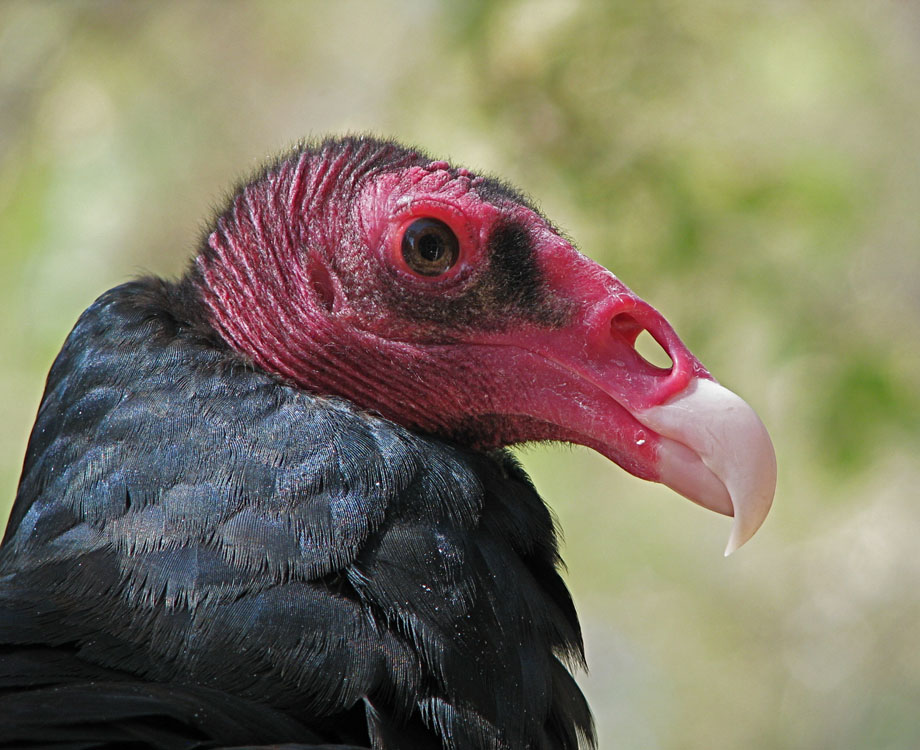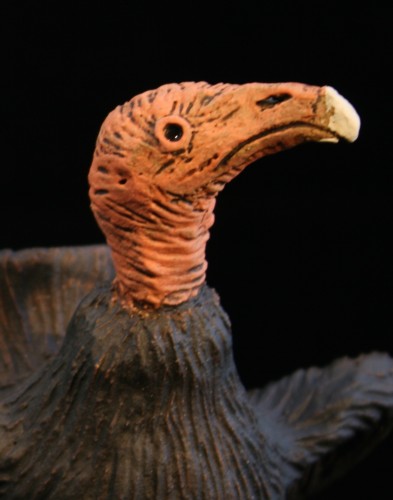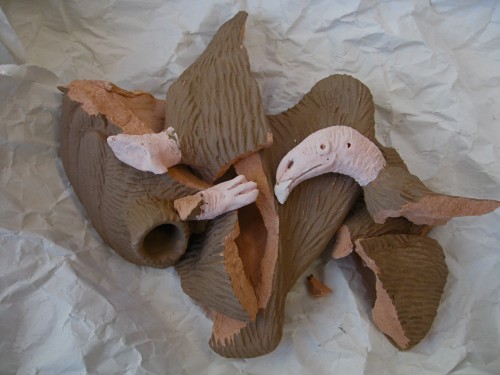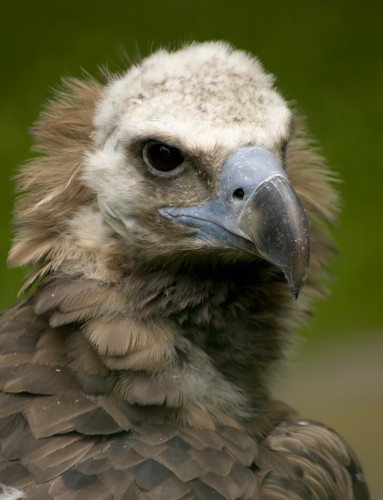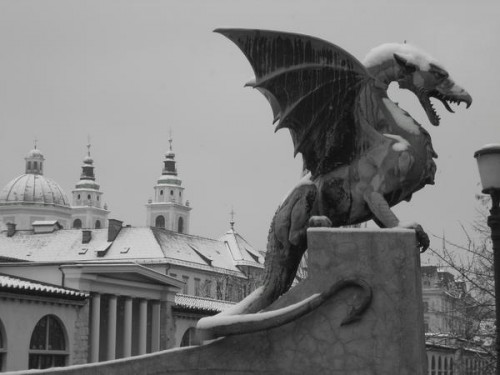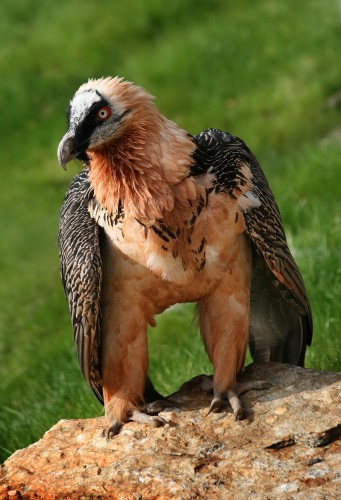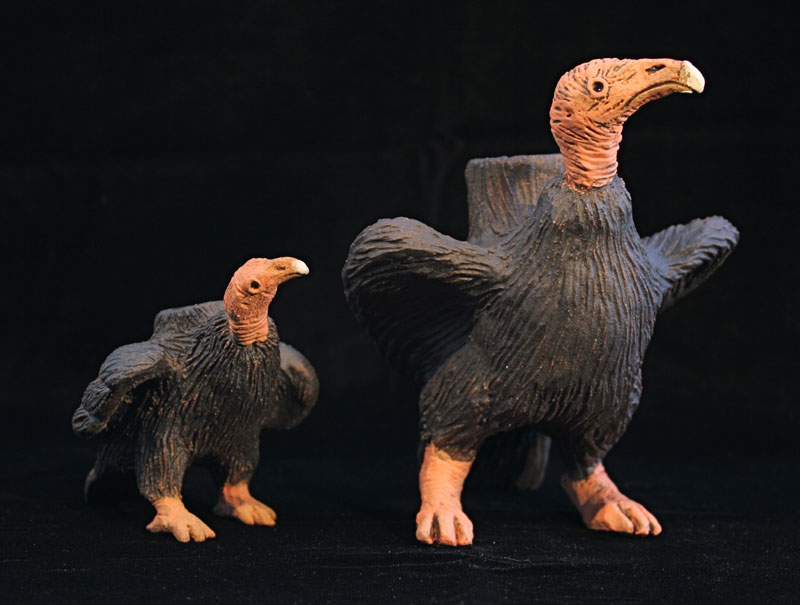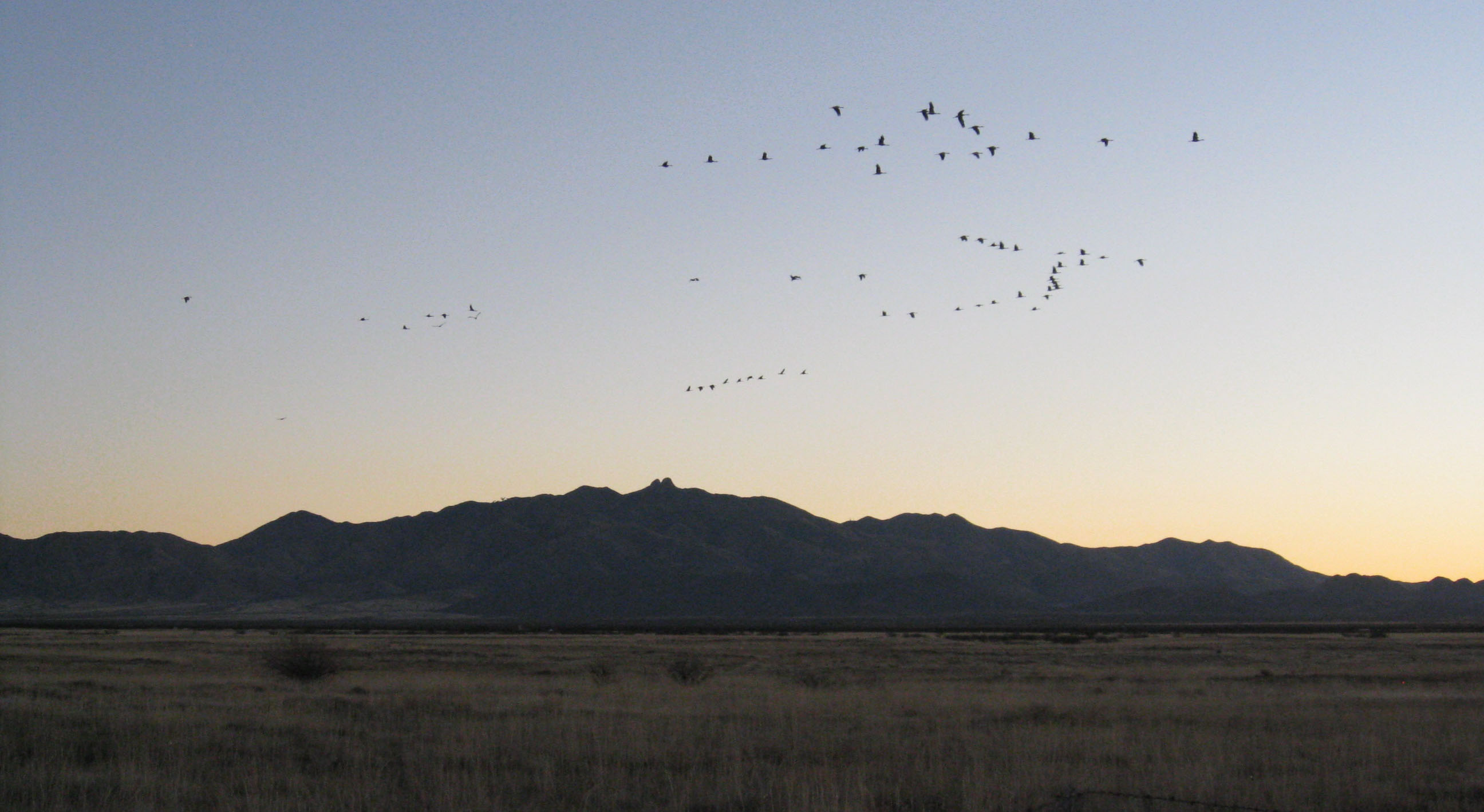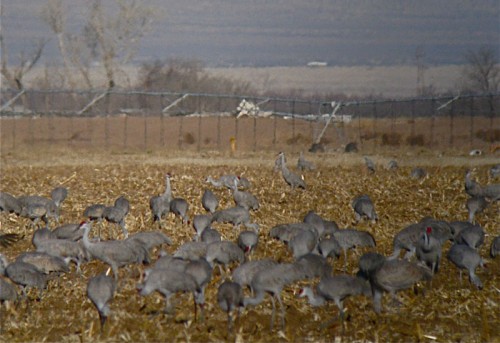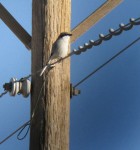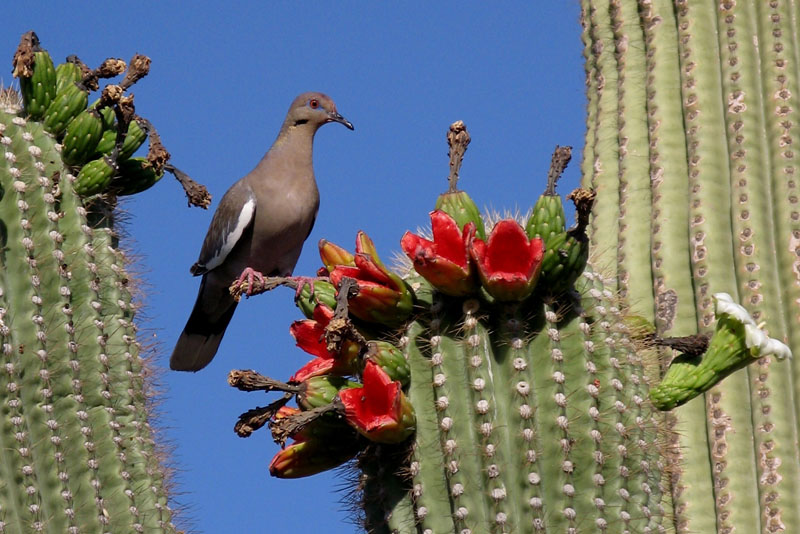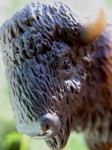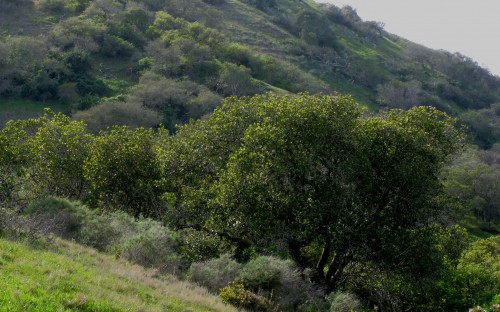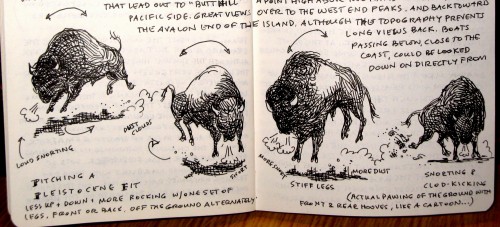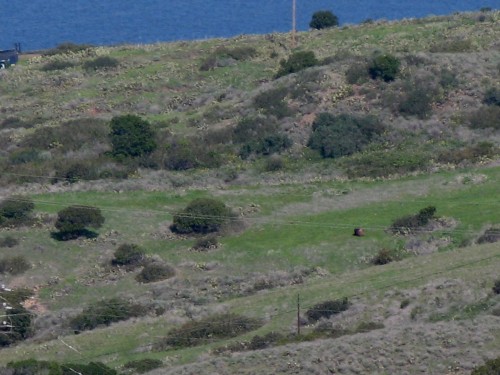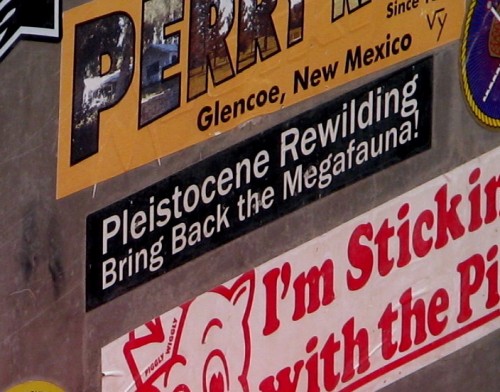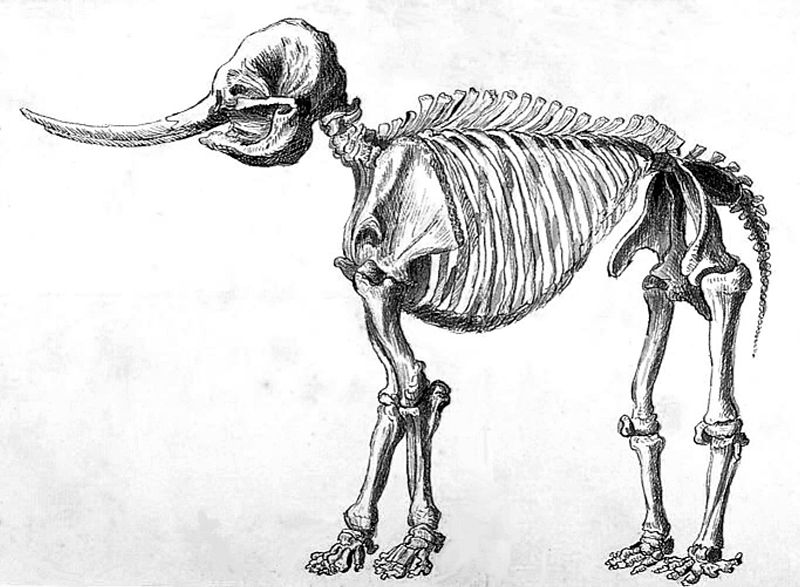P.S. — Cardinals do not have yellow bills
Here’s a red subject for Valentine’s Weekend:
In Phoenix there are cardinals.
Everybody knows the football Cardinals, aka “the Redbirds”, who nearly won the Superbowl recently. But fewer people, even native Arizonans, know that we also have real Northern cardinals, (Cardinalis cardinalis), aka cardenal comun. You can’t imagine how surprised some people are when they find out the familiar peaky-headed, conical-billed redster lives in the desert. I can’t explain this, except that so many folks who live here are originally from the leafy Midwest and Eastern US where the bird is an iconic resident of yards, gardens, and woodlands. The classic Redbird is so common in the East that it’s the state bird of no fewer than seven states: Illinois, Indiana, Kentucky, North Carolina, Ohio, Virginia and West Virginia, more than any other bird (just edging out the Western meadowlark with six and the Mockingbird with five). But the spiny, dry desert? Nope: in many people’s minds, the cardinal doesn’t figure in this land of Cactus wrens, buzzards, and roadrunners. Without going off on a much of a rant (see “PS” below for a short one), I blame popular culture — especially cartoons — which are such a pervasive influence on what we “know” about the world around us that they can override actual observation.
For example, this is a typical conversation: Friend: Hey, what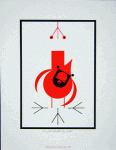 kind of a bird did I see at the Desert Botanical Garden yesterday? It looked exactly like a cardinal, but I know it couldn’t be, because they don’t live here! Me: Was it all red with a black mask and a point on its head, a little smaller than a robin? (We don’t frequently see robins here, but it’s a meaningful comparison for most non-birders because everyone knows robins). Friend: Yes. Me: Then it was a cardinal. Friend: What do they do, stock them there or something? etc…
kind of a bird did I see at the Desert Botanical Garden yesterday? It looked exactly like a cardinal, but I know it couldn’t be, because they don’t live here! Me: Was it all red with a black mask and a point on its head, a little smaller than a robin? (We don’t frequently see robins here, but it’s a meaningful comparison for most non-birders because everyone knows robins). Friend: Yes. Me: Then it was a cardinal. Friend: What do they do, stock them there or something? etc…
But cardinals do live here, and they are more or less native. 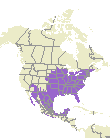 By that I mean according to the Cornell Lab of Ornithology whose range map this is, Northern cardinals were “first sighted” in south-central Arizona in the 1870s. (Were they here already, and some white guy just noticed them and told some official ornithology guy back east? I don’t know.) But their range is expanding northward, and now they’re found along the Colorado River, among other western locations, and there are even insular populations in Los Angeles and Honolulu, although somebody put them there, they didn’t wing themselves over. Our desert cardinals like desert scrub and riparian areas, especially if there is water convenient. They are found in some neighborhoods in Phoenix, but not all. We see them occasionally in our yard, but the only evidence I’ve personally seen of breeding sadly involved a female cardinal feeding a cowbird chick.
By that I mean according to the Cornell Lab of Ornithology whose range map this is, Northern cardinals were “first sighted” in south-central Arizona in the 1870s. (Were they here already, and some white guy just noticed them and told some official ornithology guy back east? I don’t know.) But their range is expanding northward, and now they’re found along the Colorado River, among other western locations, and there are even insular populations in Los Angeles and Honolulu, although somebody put them there, they didn’t wing themselves over. Our desert cardinals like desert scrub and riparian areas, especially if there is water convenient. They are found in some neighborhoods in Phoenix, but not all. We see them occasionally in our yard, but the only evidence I’ve personally seen of breeding sadly involved a female cardinal feeding a cowbird chick.
Nothing looks redder than a male cardinal against greenery, and the cardinals of the Sonoran desert are no exception; in fact, they may look even redder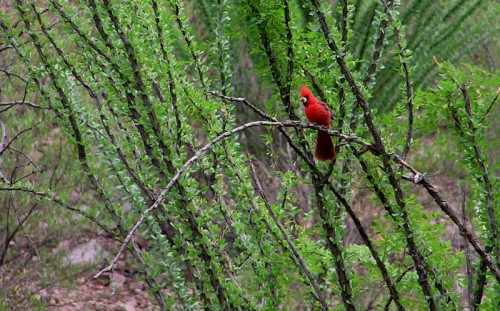 . There could be a couple of reasons for this. Our subspecies, Cardenalis cardenalis superbus is the largest of the subspecies, and its crest isn’t significantly less red than its breast, and its black facial mask is slightly less extensive than that in other subspecies. All of this adds up to More Redder. Above is a picture of a Cardinal in front of a fully leafed-out Ocotillo. He has a grub in its beak which he flew away with, which means he was feeding young or a female at the nest. Otherwise he would have gulped it down himself.
. There could be a couple of reasons for this. Our subspecies, Cardenalis cardenalis superbus is the largest of the subspecies, and its crest isn’t significantly less red than its breast, and its black facial mask is slightly less extensive than that in other subspecies. All of this adds up to More Redder. Above is a picture of a Cardinal in front of a fully leafed-out Ocotillo. He has a grub in its beak which he flew away with, which means he was feeding young or a female at the nest. Otherwise he would have gulped it down himself.
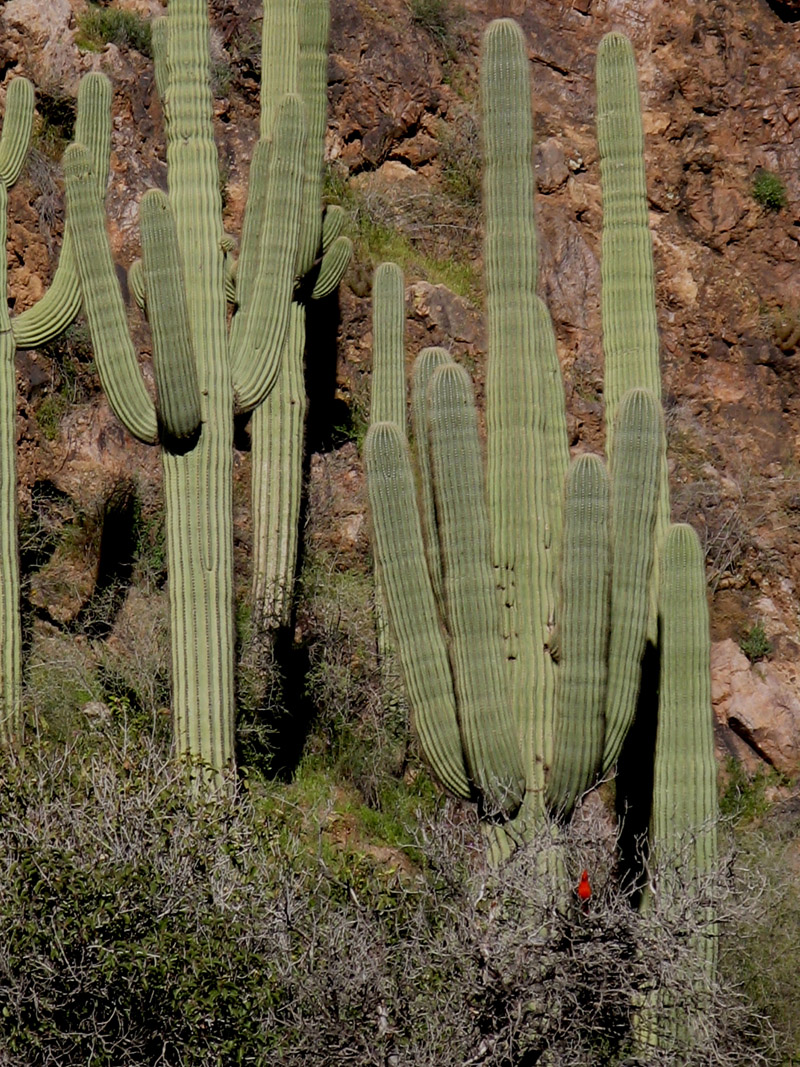 So, in the interest in promoting the broader image of cardinals in all of our minds, the photo to the left is a replacement iconography to “cardinal in the snow”: a male cardinal in the Sonoran Desert. This one, along with about six others heard or seen within a half-mile of the trailhead, was singing out his nuptial qualifications loud and clear on the Peralta Trail in the Superstition Mountains east of Phoenix last March. Feel free to click on the photo to see a larger image.
So, in the interest in promoting the broader image of cardinals in all of our minds, the photo to the left is a replacement iconography to “cardinal in the snow”: a male cardinal in the Sonoran Desert. This one, along with about six others heard or seen within a half-mile of the trailhead, was singing out his nuptial qualifications loud and clear on the Peralta Trail in the Superstition Mountains east of Phoenix last March. Feel free to click on the photo to see a larger image.
Photos: #1, male Northern cardinal at Boyce Thompson Arboretum, Superior, AZ (A. Shock). #2, male Northern cardinal and Ocotillo, Rancho Esmeralda, Sonora, Mexico (A. Shock). #3, male Northern cardinal and saguaros, Superstition Mtns, Pinal County, AZ (A. Shock).
P.S. — Please note that none of the real cardinals pictured in this post has a yellow bill.
Rant warning (this makes me see red). The prevalent and imaginary species “yellow-billed cardinal” has been a pet-peeve of mine since we lived in St. Louis. Both the baseball Cardinals and the football Cardinals (who were still in St. Louis when we were) use jazzy redbird logos that show Cardinals with yellow bills. The baseball Cardinals’ mascot, Fredbird, has a yellow bill, too. The artist in me understands that the second spot of color makes for livelier graphics. Unfortunately, I think it’s also another example of pop culture infesting our knowledge of the real world: robins have yellow bills, duckies have yellow bills, therefore cartoon crows have yellow bills, and therefore all bird’s bills are yellow. And it’s not just the two Cardinals teams — start looking at images of birds in advertising and popular graphics: most birds have yellow bills. Having made the complaint, I’m not saying sports logos should all be biological illustration (although the Baltimore Oriole is pretty realistic). But for me the redbird logo loses some “cardinal-ness” with the bill color inaccuracy — it is shifted away from cardinal and toward generic bird, which is less interesting. But I empathize with an artist who has to make a cardinal look tough, and I do admire the result, from a graphics point of view. Here’s the Arizona Cardinals logo, and I have no idea if I’m infringing on copyright to post it here; I hope not.
Unfortunately, I think it’s also another example of pop culture infesting our knowledge of the real world: robins have yellow bills, duckies have yellow bills, therefore cartoon crows have yellow bills, and therefore all bird’s bills are yellow. And it’s not just the two Cardinals teams — start looking at images of birds in advertising and popular graphics: most birds have yellow bills. Having made the complaint, I’m not saying sports logos should all be biological illustration (although the Baltimore Oriole is pretty realistic). But for me the redbird logo loses some “cardinal-ness” with the bill color inaccuracy — it is shifted away from cardinal and toward generic bird, which is less interesting. But I empathize with an artist who has to make a cardinal look tough, and I do admire the result, from a graphics point of view. Here’s the Arizona Cardinals logo, and I have no idea if I’m infringing on copyright to post it here; I hope not.
However, I don’t think there’s any hope of biological integrity for Fredbird. Sorry. I have never seen a Cardinal with yellow gloves on. And what’s with the primary-colored primaries? A real cardinal isn’t colorful enough? It’s just not right…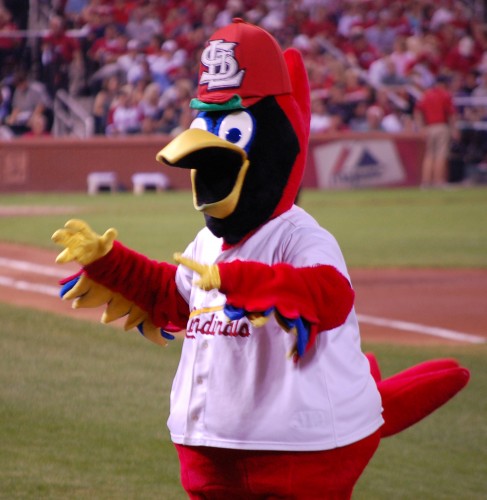
Bonus Bird with yellow bill absolutely free:
Now, if you want to see a real desert-dwelling cardinal-like bird with a yellow bill, check out the fabulous Pyrrhuloxia at an excellent post from Firefly Forest, which I can’t improve on. Except to add, here’s a Pyrrhuloxia portrait magnet, from 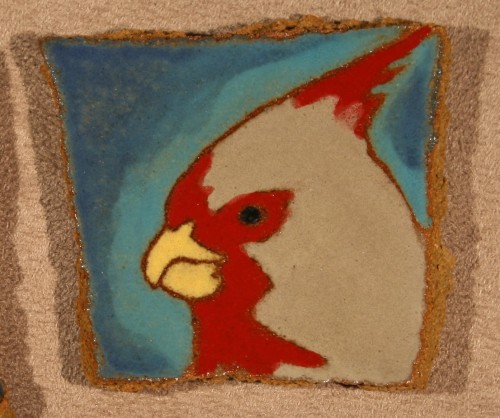 Three Star Owl:
Three Star Owl:

